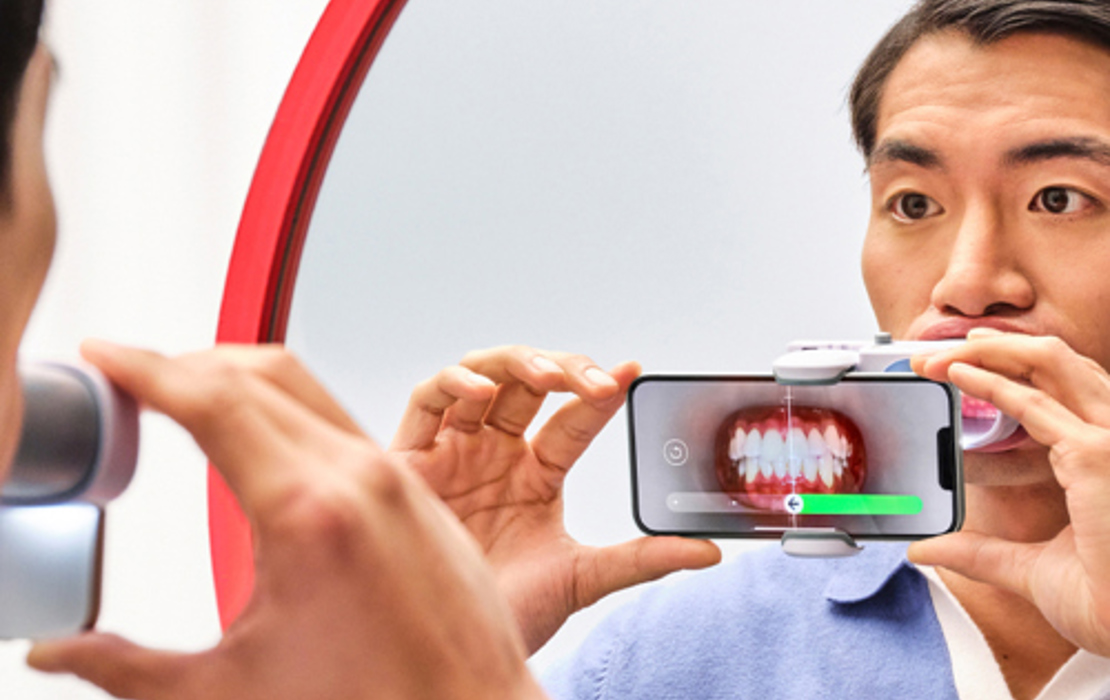ADA tells White House: No ‘grave danger’ of being exposed to COVID-19 in dental settings
Washington — “There does not appear to be a grave danger of being exposed to COVID-19 in dental settings, particularly as the pandemic is decelerating.”
This is what the ADA told the White House Office of Management and Budget during a June 1 meeting discussing the potential impact of the Occupational Safety and Health Administration’s draft COVID-19 Emergency Temporary Standard.
The Association added that dentists have experienced “exceptionally low monthly incidences of COVID-19” despite several regional and national spikes during OSHA's study periods.
In a June 2 letter thanking officials for the White House meeting, ADA President Daniel J. Klemmedson, D.D.S., M.D., and Executive Director Kathleen T. O'Loughlin, D.M.D., noted that the cumulative COVID-19 infection rate was just 2.6% for dentists and 3.1% for dental hygienists as of November 2020 and October 2020, respectively, prior to the widespread availability of COVID-19 vaccines.
They also noted that since then, 87.5% of dentists have been fully vaccinated and another 5.3% have received at least one dose. The dental infection statistics were part of a study conducted by the ADA's Science & Research Institute and Health Policy Institute that looked at online survey data collected from June 8-Nov. 13, 2020, from more than 2,000 U.S. dentists about COVID-19 infection and infection control practices. The study is published in the June issue of The Journal of the American Dental Association.
“Throughout the pandemic, dentists have looked to the ADA for guidance about how to safely treat patients and protect office staff,” Drs. Klemmedson and O’Loughlin wrote. “We have responded by developing workplace guidance, offering training webinars, securing and distributing personal protective equipment and more.”
On his first day in office, President Joe Biden signed an executive order directing OSHA to enact emergency rules to protect workers from the spread of COVID-19. The agency submitted its draft standard to the Office of Management and Budget for review in April.
The prospects for issuing the emergency standard are uncertain in light of recent loosening of pandemic restrictions across the country as well as the Centers for Disease Control and Prevention’s decision to change its mask mandate for vaccinated individuals.
OSHA’s draft COVID-19 Emergency Temporary Standard has been under White House review for about six weeks, which is longer than advocates of the rule had anticipated, according to OSHA officials in previous administrations . If the COVID-19 standard is enacted, it would be in place for six months, and OSHA would be required by law to issue a permanent rule.
The ADA also shared the Association’s COVID-19 accomplishments with the White House, which include:
- Developing a dental office hazard assessment checklist modeled after OSHA’s Hazard Identification and Assessment.
- Producing fact sheets and frequently asked questions about OSHA and Centers for Disease Control and Prevention guidelines.
- Securing 4.5 million KN95 face masks from the national stockpile and distributed them to dentists in states where masks were in low supply.
- Producing mask and face shield guidelines, N95 respirator fit and seal check guidance and tips to avoid counterfeits.
- Offering guidance on providing point-of-care testing at dental offices.
- Furnishing guidance to minimize the risk of exposure when the recommended personal protective equipment has been in shortage.
- Developing guidance for high- and low-exposure staff to take when a patient reports a positive COVID-19 test after their dental appointment.
- Offering a flowchart, risk assessment and strategies for self-quarantine and returning to work if a staff member or someone in their household tests positive for COVID-19.
- Furnishing a guide for handling patients who do not wear a face mask, whether because of a disability or a personal choice.
- Sharing state-by-state updates on procedure requirements and/or restrictions for dentists.
- Producing informational webinars on vaccine efficacy, targeted toward addressing vaccine hesitancy concerns among both patients and staff.
“As you continue deliberating over the impact an emergency temporary standard will have on so many industries, we urge you to keep in mind the remarkably low incidence of COVID-19 in dental offices,” the ADA letter concluded. “The data suggest that requiring substantial new infection controls — such as rerouting ventilation systems and making other capital improvements — will have little (if any) notable impact on dental office workers or the patients they serve.”
Follow all of the ADA’s advocacy efforts at ADA.org/Advocacy .



